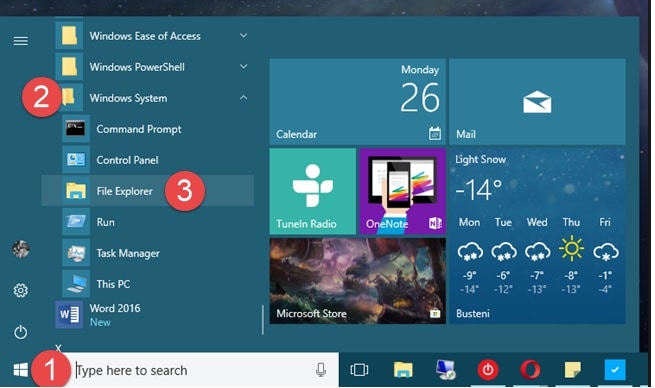

Windows Resource Protection found corrupt files and successfully repaired them. To resolve this problem, perform the System File Checker scan in safe mode, and make sure that the PendingDeletes and PendingRenames folders exist under %WinDir%\WinSxS\Temp. Windows Resource Protection could not perform the requested operation. This means that you do not have any missing or corrupted system files. Windows Resource Protection did not find any integrity violations.

The scan results will be shown after this process is finished.Īfter the process is finished, you may receive one of the following messages: Note Do not close this Command Prompt window until the verification is 100% complete. The %WinDir% placeholder represents the Windows operating system folder. The sfc /scannow command will scan all protected system files, and replace corrupted files with a cached copy that is located in a compressed folder at %WinDir%\System32\dllcache. For more information about using the DISM tool to repair Windows, reference Repair a Windows Image.Īt the command prompt, type the following command, and then press ENTER: Note: Replace the C:\RepairSource\Windows placeholder with the location of your repair source. To do this, run the following command instead:ĭISM.exe /Online /Cleanup-Image /RestoreHealth /Source: C:\RepairSource\Windows /LimitAccess However, if your Windows Update client is already broken, use a running Windows installation as the repair source, or use a Windows side-by-side folder from a network share or from a removable media, such as the Windows DVD, as the source of the files. Important: When you run this command, DISM uses Windows Update to provide the files that are required to fix corruptions. It may take several minutes for the command operation to be completed.ĭISM.exe /Online /Cleanup-image /Restorehealth Type the following command, and then press Enter. (If you are running Windows 7 or Windows Vista, skip to Step 3.)

If you are running Windows 10, Windows 8.1 or Windows 8, first run the inbox Deployment Image Servicing and Management (DISM) tool prior to running the System File Checker. To do this, do the following as your appropriate: Run the System File Checker tool (SFC.exe) Though the steps below might look complicated at first glance, just follow them in order, step-by-step, and we’ll try to get you back on track. If some Windows functions aren't working or Windows crashes, use the System File Checker to scan Windows and restore your files. Windows 8.1 Windows 8.1 Enterprise Windows 8.1 Pro Windows 8 Windows 8 Enterprise Windows 8 Pro Windows 7 Enterprise Windows 7 Home Basic Windows 7 Home Premium Windows 7 Professional Windows 7 Starter Windows 7 Ultimate Windows Vista Enterprise 64-bit Edition Windows Vista Ultimate 64-bit Edition Windows Vista Business Windows Vista Business 64-bit Edition Windows Vista Enterprise Windows Vista Ultimate Windows 10 More.


 0 kommentar(er)
0 kommentar(er)
